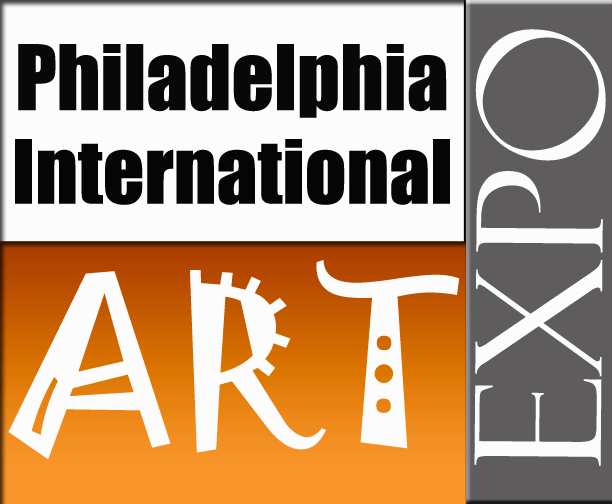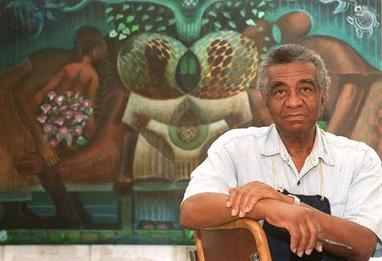Description
All art is part of the Cheyney University’s Permanent Art Collection and is the property of Cheyney University.
There are a number of iconic museums in the Philadelphia region like the Philadelphia Museum of Art, African American Museum in Philadelphia, The Barnes Foundation just to name a few. These large institutions may be difficult to explore in a few hours or let’s say in one day. Some explorers of art and culture may desire a less mind-boggling participation in the arts. Hopefully these patrons will visit our collection which offers lots of rich history and culture in a smaller, more manageable artistic and educational environment.
The collection, powered by the October Gallery Museum, is located on the campus of Cheyney University of Pennsylvania, a public historically black university in Cheyney, Pennsylvania. Founded in 1837, it is the oldest historically black college (HBCU). It is a member of the Pennsylvania State System of Higher Education and the Thurgood Marshall College Fund. This 275-acre campus 25 miles west of Philadelphia is the magnificent and culturally rich backdrop which showcases the art work of artists inspired by their African heritage. The collection includes art by Andrew Turner, Romare Bearden, Jacob Lawrence, Ernie Barnes, Faith Ringgold and many more.
What many consider “The Golden Age of Contemporary African American Art” was from 1985 to 2010. During this period artists of African descent traveled across the USA participating in Black art expos and art shows as vendors and exhibitors that were supported primarily by African American patrons and attendees. These national and international patrons and artists witnessed firsthand the creation and development of the African-American art industry, which prior to the 1970s was almost nonexistent. This group of patrons and artists are part of what we called the BlackStream Renaissance.
The term “blackstream” was used by Black artists in the 1900s who were denied admission to the art mainstream. More recently, fine art appraiser Edward S. Spriggs of Atlanta, Georgia brought the term “blackstream” to our attention. Feeling there was a need to identify this important time of formative awareness of, belief in and commitment to African-American art, October Gallery coined the phrase BlackStream Renaissance.
We further define this growth period as being marked by a collective community conscientiousness that recognizes the creative, cultural and financial viability of African-American visual expression.
The interplay between artists, community members and available resources created a fabric-like cohesion characterized by:
• Artists willing to create
• A community that can inspire its artists
• A community that accepts its own cultural creations as having value
• Sufficient community resources to sustain the exchange of value
The patrons and artists of the BlackStream Renaissance purchased and sold art, displayed it at home and at work and shared it with friends, family, co-workers and the general public. In short, they made African-American art an indispensable part of their everyday lives. The African-American community was effectively supporting and building an art industry, perpetuated primarily by its own members.
Artists, galleries, museums and others in the art business realize that because of proper education, focused marketing and love of culture, African-Americans had shifted their habits and allocated to the visual arts a portion of the more than 750 billion dollars they spend each year. This group invested precious time and valuable resources in African-American art and thereby continued to give it value.
To be clear, the BlackStream Renaissance welcomed the mainstream but did not have to rely on it for content, aesthetic validation or financial continuance.
Educator and curator David C. Driskell said, “The boom in Black art has come about not in the market of galleries of the auctions at Sotheby’s and Christie’s, but from ordinary Black people.”
Most African-American artists marketed and exhibited in the African-American community. Successful Black art festivals and expos, where artists sell and exhibit, recognized the importance of marketing to this special community. It was in that community where the strength and the value of African-American art began. It was that community that provided the foundation for the Blackstream Renaissance.
OGCCU celebrates this golden age exhibiting original art, prints, posters, books and more from this amazing period. Artists included in this collection are Andrew Turner, Romare Bearden, George Hunt, James Murphy, Charles Bibbs, Larry “Poncho” Brown, John Biggers, Cal Massey, Samuel Byrd, Kevin Williams, Frank Morrison, Paul Goodnight, Betye Saar, Annie Lee, Edwin Lester, Joseph Holston, Arthello Beck, Brenda Joysmith, Frank Frazier, Gwendolyn E. Redfern, William Tolliver, Ted Ellis, Gilbert Young and many more.
The book “Connecting People with Art” is a 600 page coffee table art book highlighting this age of Black art. Click the link below for more information on this educational book.

